22 Asian Dog Breeds

Updated on
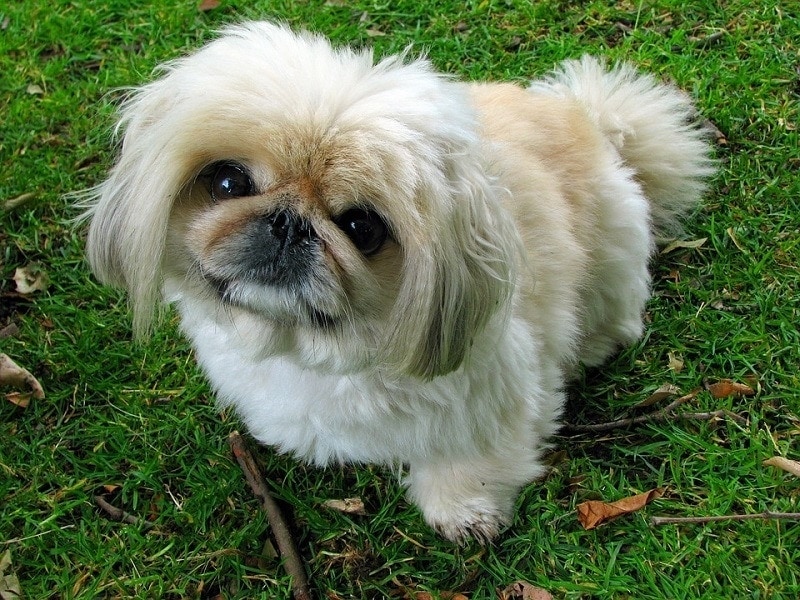
With 48 counties and over 4.8 billion people, Asia is the world’s largest and most populated continent. It’s a continent of ancient wonders, a place of many cultures, and home to various dog breeds.
Over the centuries, several breeds have been developed in Asia. Some are native to their lands, and others are bred specifically to aid humans with various tasks and activities. Many of these breeds have become immensely popular worldwide, while others have been scarcely heard of outside their home country.
There are hundreds of breeds that have originated in Asia, far too many to include in a single article. But to give you an idea of the beautiful dogs that this enormously diverse continent has produced, here’s an alphabetical list of 22 of our favorite Asian dog breeds.
The 22 Asian Dog Breeds:
1. Afghan Hound
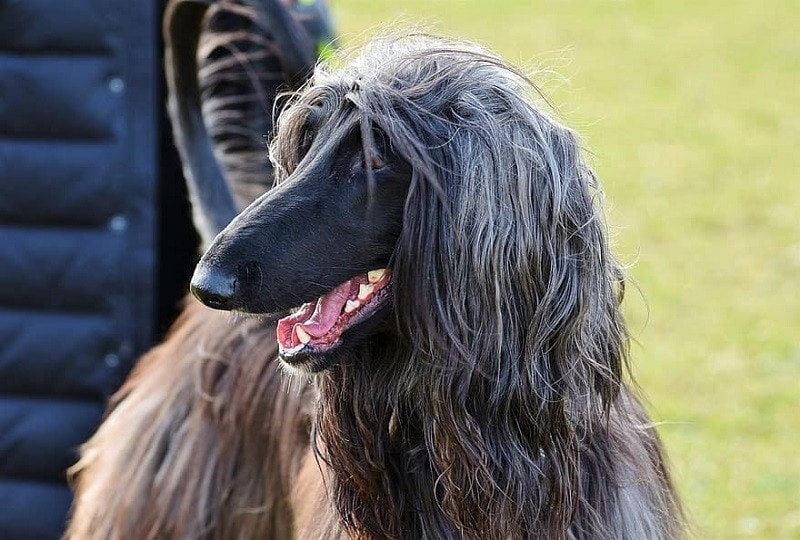
The Afghan Hound is an elegant and tall dog with long legs and a thick, fine, and silky coat. Considered to be one of the most visually striking of all breeds, the Afghan Hound is a unique and ancient dog whose origins date back thousands of years.
Originally used as a hunting dog, Afghan Hounds are built for speed and endurance and are noted for their independent spirit. The breed was first exported from Afghanistan to the United Kingdom during the 1920s before later being taken into Europe and the United States.
2. Akita Inu
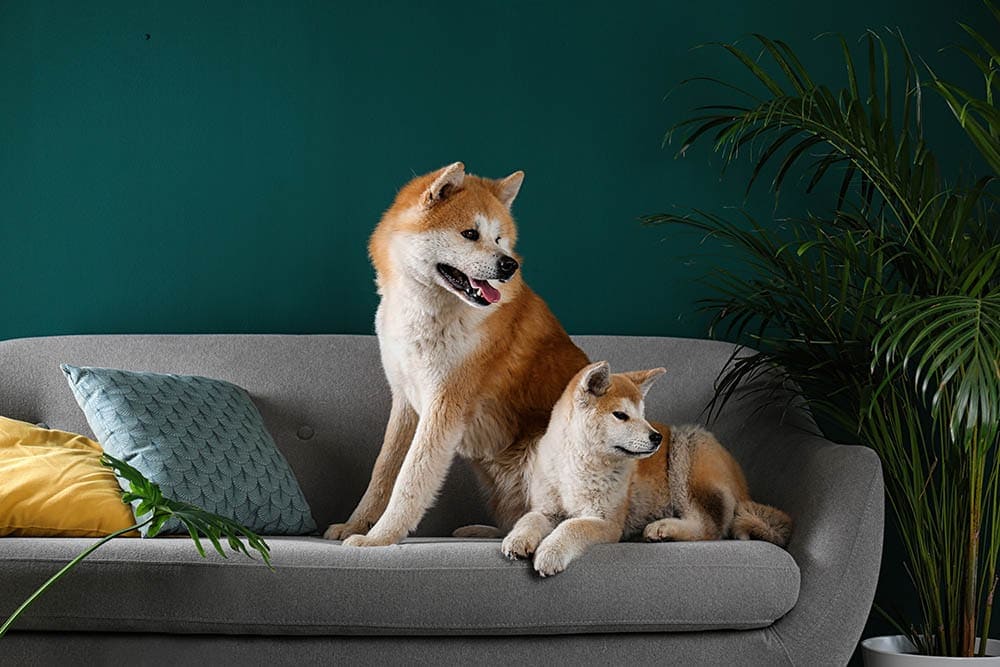
The Akita Inu is a large and powerful breed that hails from the mountainous regions of Japan. Initially bred for hunting, the breed was also used as a fighting dog during the 1600s.
Today, there are two separate varieties of Akita: the Akita Inu or Japanese Akita, and the American strain known simply as the Akita or American Akita. In all countries except the United States, the two strains are considered different breeds. However, in the United States, they are officially considered the same breed with differences in type.
3. Black Russian Terrier
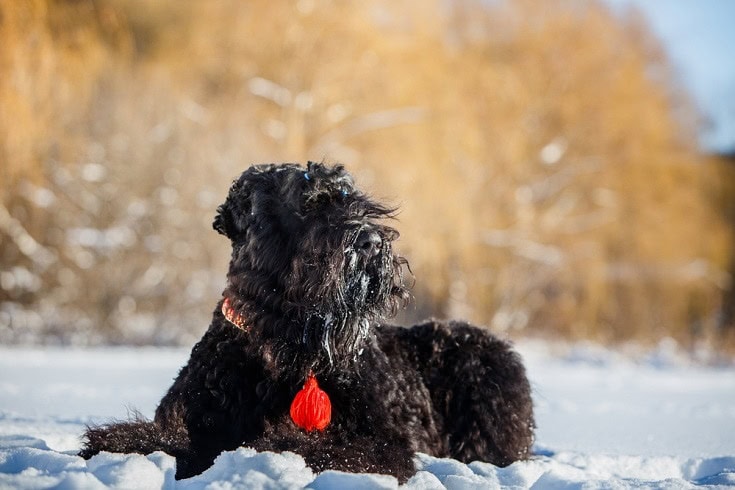
The Black Russian Terrier was developed at a secret location in Moscow in the 1930s by the Soviet government, which set up a specialized breeding kennel, known as the Red Star Kennel, to create a super dog for the Russian army.
The result is a large and powerful working dog known for intelligence, courage, and confidence. The breed was put into service by the Soviet government patrolling Russia’s borders and guarding political prisoners in Stalin’s prison camps.
During the 1950s, when the Stalin-era prison camps began to close, the military began selling excess dogs to the civilian population, and many of the military officers also returned home with their K9 partners. Eventually, the breed spread across the USSR into neighboring countries and other parts of the world. The American Kennel Club recognized the breed in 1994.
4. Borzoi
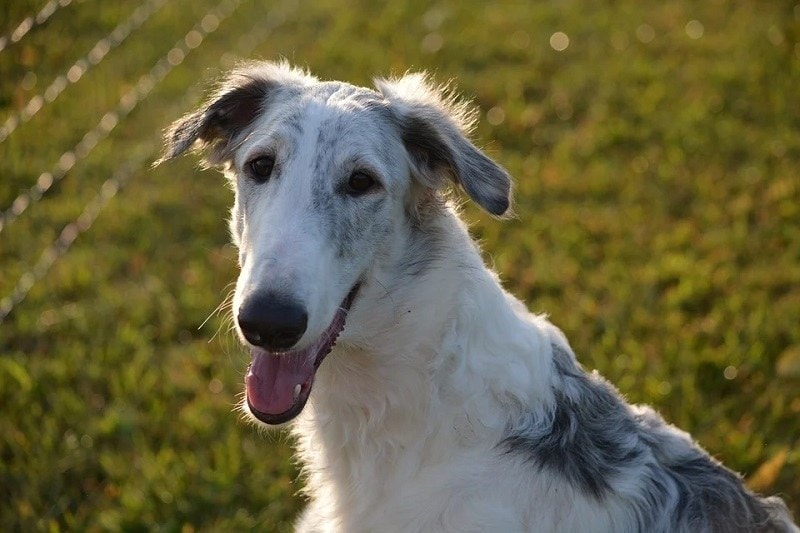
The Borzoi, also known as the Russian Wolfhound, is a Russian sighthound that resembles a large, long-haired greyhound. The breed has been a part of Russian national culture for over 900 years. They were bred by aristocratic Russian families and used as royal hunting dogs.
Physically, the dogs look elegant and regal, but in truth, they are strong and incredibly fast dogs that were used for hunting small to medium-sized game. They are known to be stubborn and sometimes aloof, a trait that makes them notoriously difficult to train.
5. Chippiparai
The Chippiparai is an Indian short-haired sighthound developed in the southern Indian state of Tamil Nadu. The breed is well known in their homeland for their speed and hardiness, as well as their hunting prowess and gentle nature toward humans.
Like many Indian breeds, the Chippiparai has declined in popularity in recent times, and the breed is in imminent danger of extinction.
6. The Chinese Crested
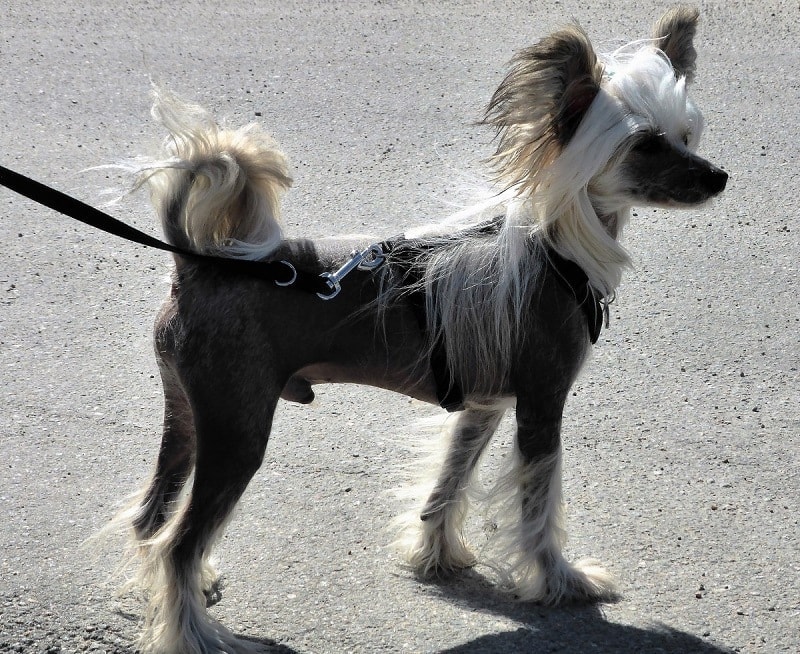
The Chinese Crested, also known as the Chinese Hairless Dog, is believed to have originated in either Africa or Mexico and was bred to be much smaller in size by the Chinese.
Like many hairless breeds, the Chinese Crested comes in two varieties, one of which is the Hairless. The other has hair and is known as the Powderpuff. Both dogs are the same breed, and Hairless and Powderpuff dogs are often born in the same litter.
This toy-sized dog is a popular companion and show dog known as an alert and happy breed that adores human company.
7. Chow Chow
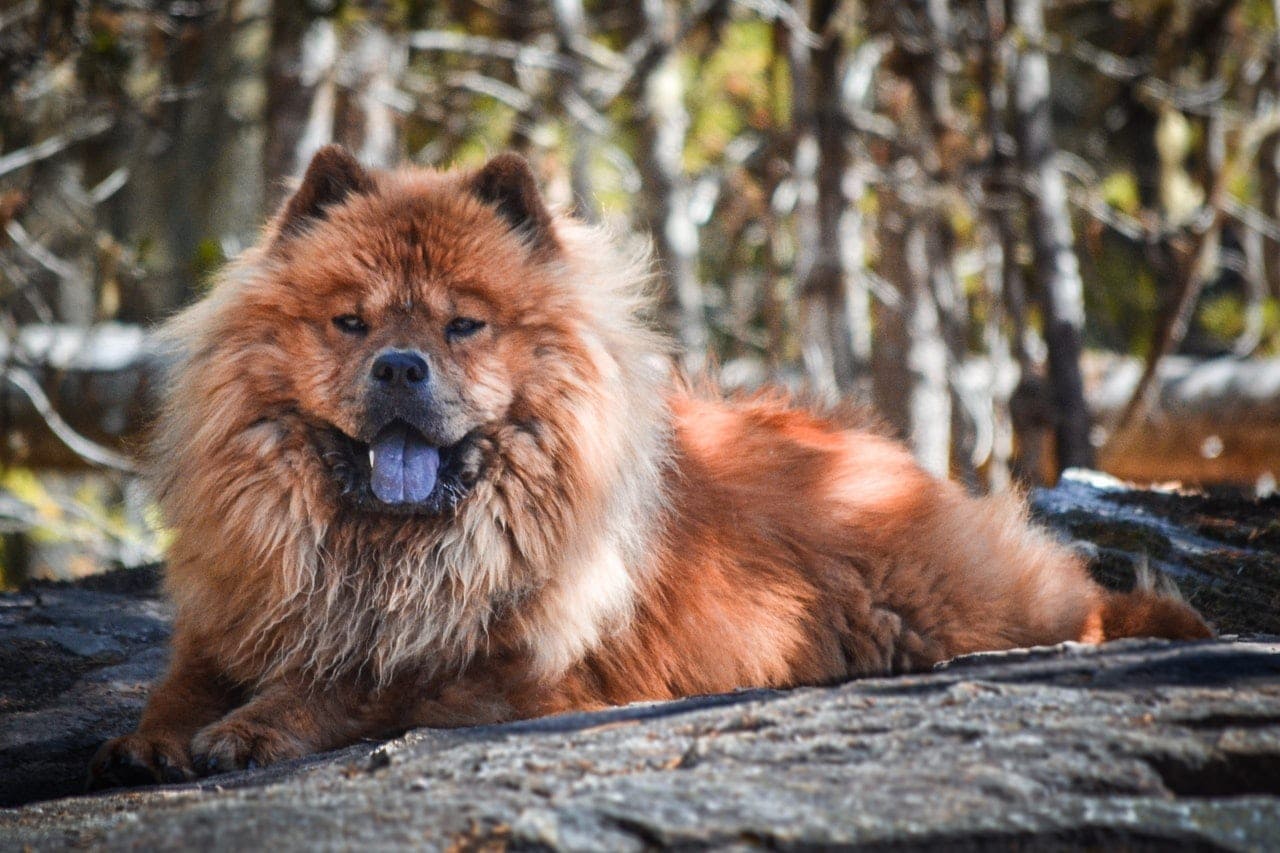
The Chow Chow is an immensely popular Chinese breed that is admired throughout the world. They originated in northern China, and their Chinese name, Songshi-Quan, translates into “puffy lion dog,” which aptly describes the breed.
The Chow Chow is an old breed believed to have originated about 2,000 years ago. They are incredibly loyal dogs but wary of strangers and fiercely protective of their owners and property. However, the breed is best known for their unique purple/blue-black tongue, a trait that they share with just one other breed, the Shar-Pei.
8. Dosa Mastiff
The Dosa Mastiff, also known as the Korean Mastiff, is a colossal yet dignified and good-natured dog that loves to be with people. The breed has a unique appearance with a loose wrinkly coat that looks several sizes too big for their frame.
Unlike most Mastiff breeds, the Dosa Mastiff is not aggressive and makes for a fantastic family pet. They are excellent with children and other pets but can be wary of strangers.
The Dosa Mastiff was initially developed in South Korea. Despite their excellent nature, the Dosa Mastiff is not popular and is officially considered to be one of the rarest breeds in the world.
9. Indian Spitz
The Indian Spitz is a small dog with a foxlike face, pointed ears, and a white coat that resembles a large Pomeranian. Developed as a family pet, the Indian Spitz is a popular dog in many urban areas throughout India.
The breed is known for their intelligence and is easy to train. They enjoy the company of their human families but can be a little aloof and need their own space to which they can retreat when they need to.
10. Japanese Chin
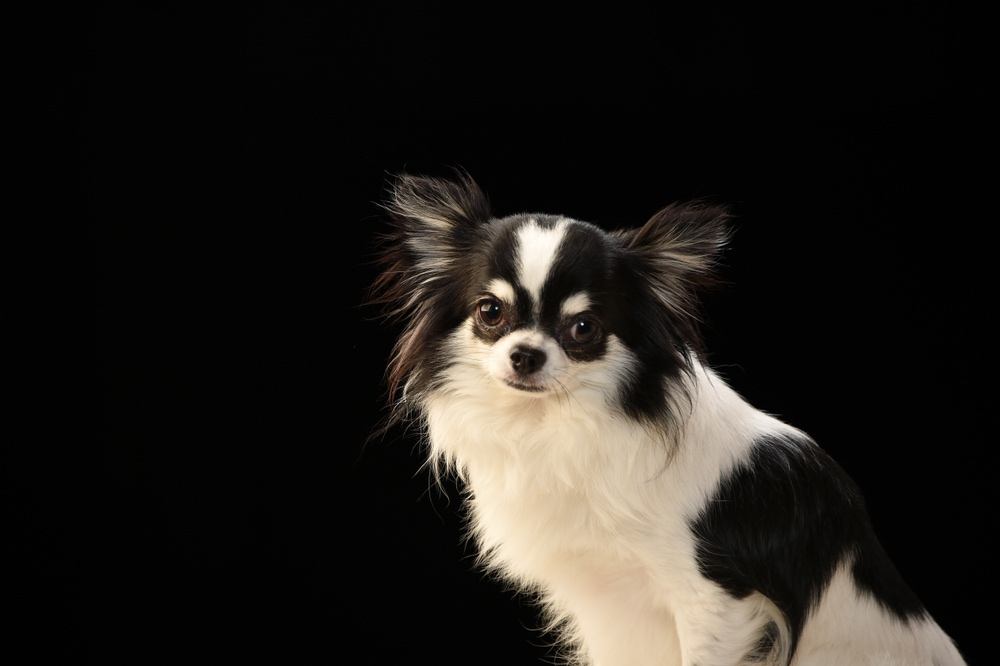
Despite their name, the exact origin of the Japanese Chin is unknown. However, they are believed to have originated from either China or Korea sometime between 500 A.D. and 750 A.D. At some point after that, the Chin made their way to Japan, where they were highly valued by the ruling dynasties and afforded significant respect in the imperial court.
Japanese Chins are small, happy, and energetic dogs with long, silky coats and feathered tails. Since the early 20th century, the breed has been in decline throughout Japan. However, recent efforts to revive the breed have been successful, and there are now thousands of Japanese Chin registered in Japan, as well as many hundreds in other countries around the world.
11. Japanese Spitz
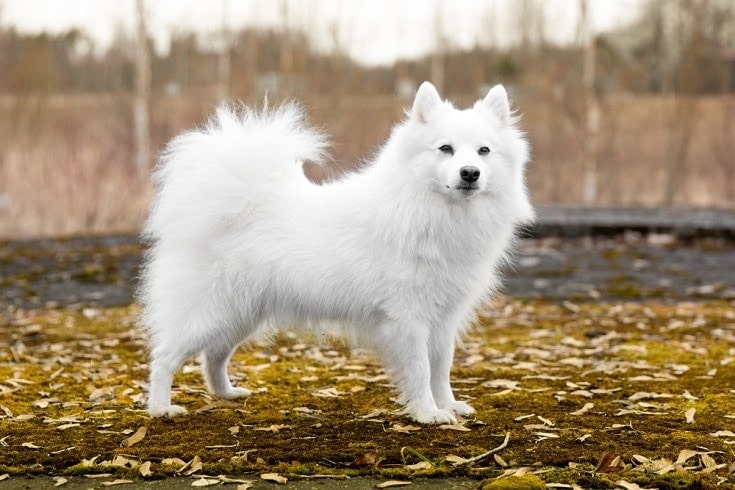
The Japanese Spitz is, like the Indian Spitz, a small, white, fluffy dog with a curled tail and foxlike ears. They are incredibly active, intelligent, and brave dogs, often described as big dogs in a little dog’s body. They make excellent family pets and will defend their family and home from any threat without any fear or concern for their safety.
The Japanese Spitz is a breed that thrives on human contact and will happily follow their owners around the house all day. They’re excellent with children of all ages.
12. Kintamani-Bali Dog
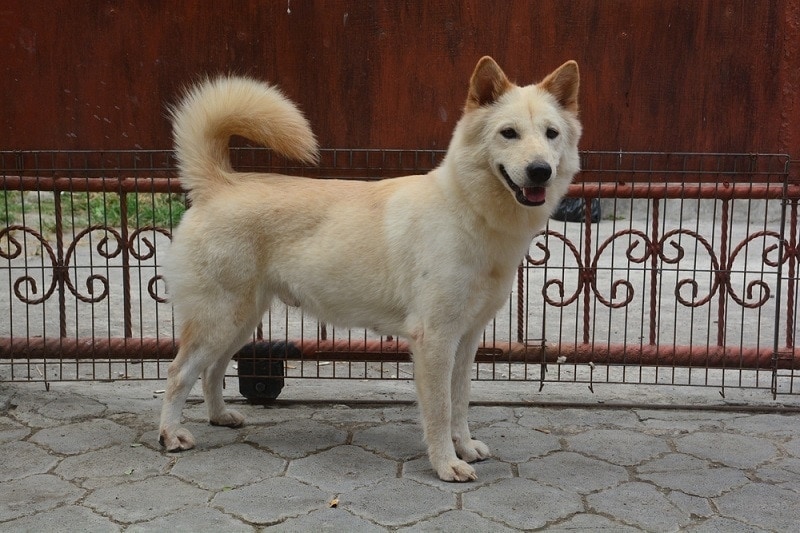
The Kintamani-Bali Dog is native to the Indonesian island of Bali. The breed is the only dog native to Bali and is a popular family pet and companion dog with the local Balinese people.
The Kintamani-Bali Dog looks like a cross between a Samoyed and an Alaska Malamute. However, they are an exceptionally old breed that has lived on the island for thousands of years.
They are fiercely independent dogs but are loving and loyal to their families. However, their love of climbing makes them stand out from most breeds. While most dogs are happiest on the ground, the Kintamani-Bali Dog can be found climbing across the roofs of small Balinese houses or sleeping atop walls like a cat.
13. Korean Jindo
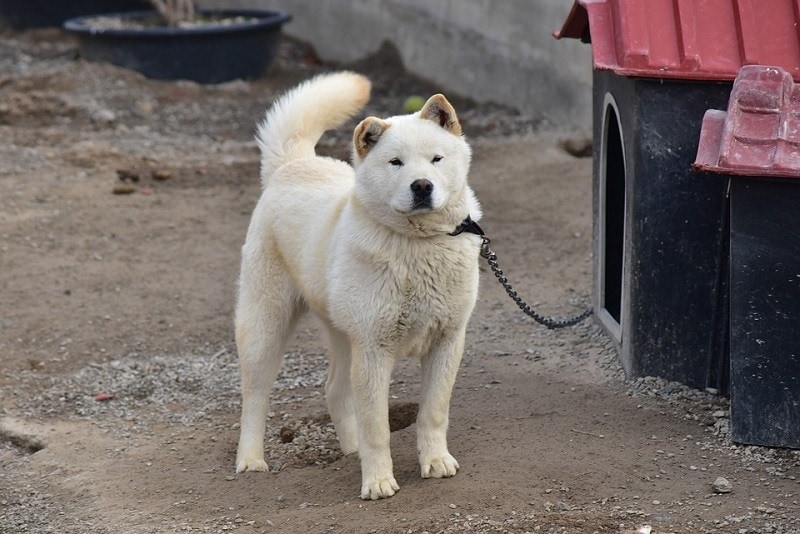
The Korean Jindo is a South Korean hunting dog that is highly acclaimed for their loyalty and bravery. Used mainly for hunting and as guard dogs, the Korean Jindo is a native of a small island off the southwest coast of South Korea.
The medium-sized dog has lived freely on the island for thousands of years. The Jindo is a popular dog in South Korea and was officially recognized by the nation as a national asset in 1962. In the United States, they are recognized as a foundation breed by the American Kennel Club.
Korean Jindos are not great family dogs but are one-owner dogs that will form a close bond with a single person.
- Related Read: Korean Dog Breeds
14. Lhasa Apso
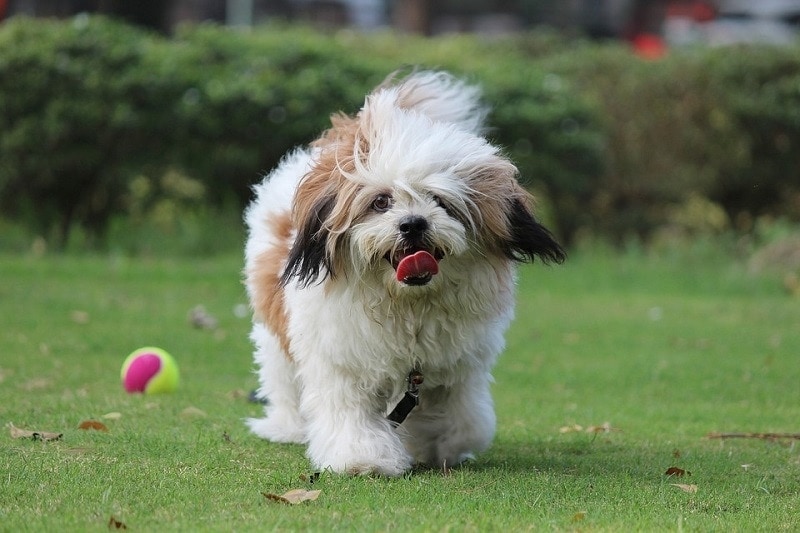
The Lhasa is a small dog that was developed as a watchdog in the Buddhist Monasteries of Tibet to alert monks to intruders. The breed is named after Lhasa, the capital of Tibet.
Independent yet always eager to please, these small dogs have a keen sense of hearing, and as they have been bred to do for centuries, they will bark to alert their owners of the presence of any stranger.
Due mainly to their long flowing coats that need considerable grooming and upkeep, the Lhasa Apso is quite a high-maintenance dog. However, to avoid hours of bathing and brushing, many owners keep their dogs in a short clip, which is considerably easier to manage.
15. Pekingese
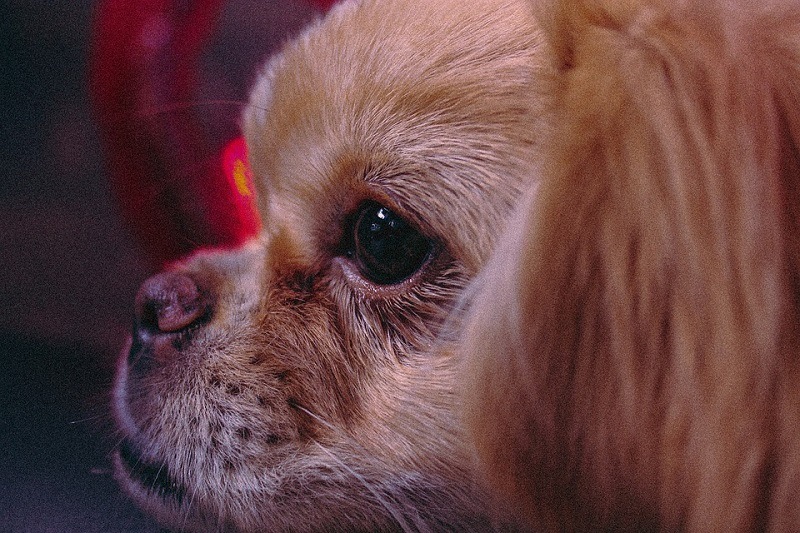
The Pekingese is a popular toy dog that originated in China. The breed was a favored lap dog and companion of the royal members of the Chinese Imperial Court.
Loyal, affectionate, and strong-willed, Pekingese make surprisingly good watchdogs and become vocal in the presence of intruders or perceived danger. They are delicate little dogs, though, so aside from their bark, they are unlikely to be reliable as guard dogs.
Pekingese can be good dogs for apartment living but can become nuisance barkers if left unchecked. They are good with other animals and children; however, care should be taken to ensure that young children don’t drop or accidentally injure them during play.
16. Pug
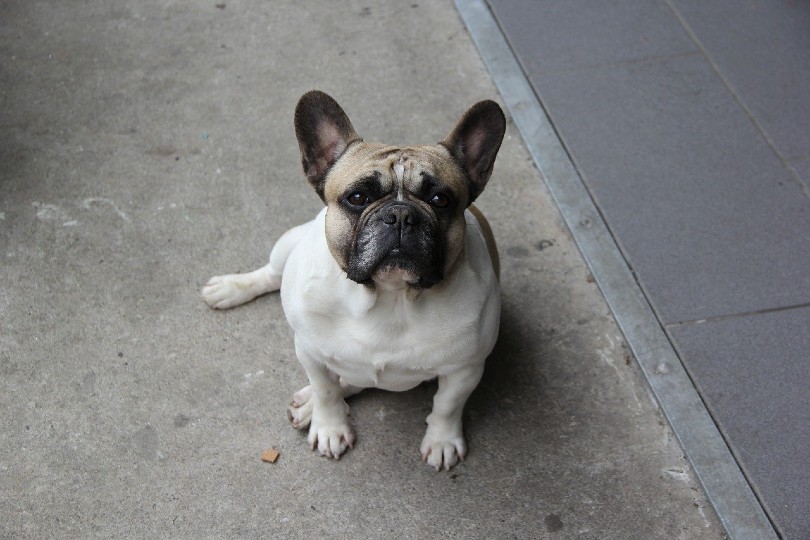
The Pug is a small dog with a distinctive wrinkled, short-muzzled face and a short curly tail. Originally from China, the breed was taken to central Europe in the 16th century and, from there, was later taken to all corners of the world.
Pugs are friendly and gentle dogs that thrive on human companionship. They are great pets for those living in apartments and need only a small amount of daily activity. They are not great when left alone for long periods and will pine for their families while they are away.
The Pug is also a great family pet; however, due to their small size and fragile nature, care needs to be taken with them. Young children should not be allowed to carry them around unsupervised, as they can be seriously injured if they are dropped or fall from the furniture.
17. Samoyed
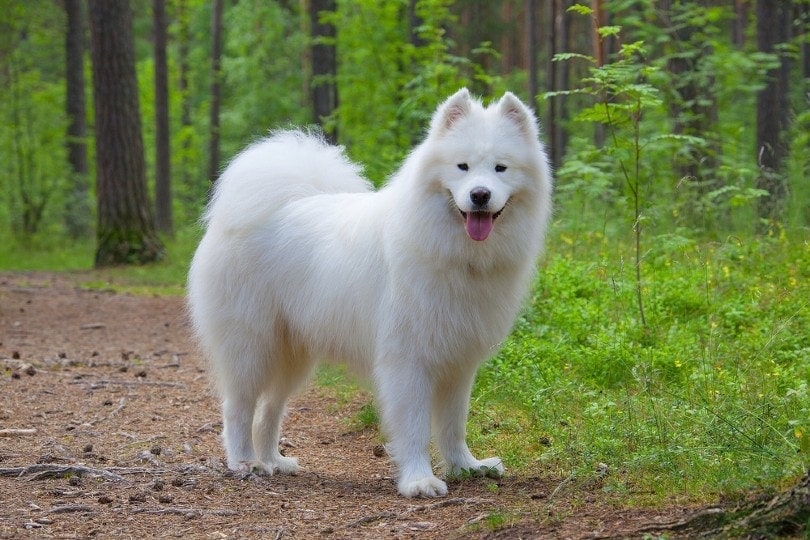
The Samoyed is a working dog originally bred as a hunter and sled dog in their native Siberia. Although strong-willed, they are gentle and friendly dogs that make great family pets and have developed a popular following over the years.
Samoyeds are medium-sized dogs with a thick snow-white coat. They were bred to survive in some of the coldest and harshest conditions on Earth, yet they are adaptable to most climates. Samoyeds need to be kept busy with plenty of mental stimulation and physical activity, or they will become bored and entertain themselves by digging and chewing shoes or furniture.
18. Siberian Husky
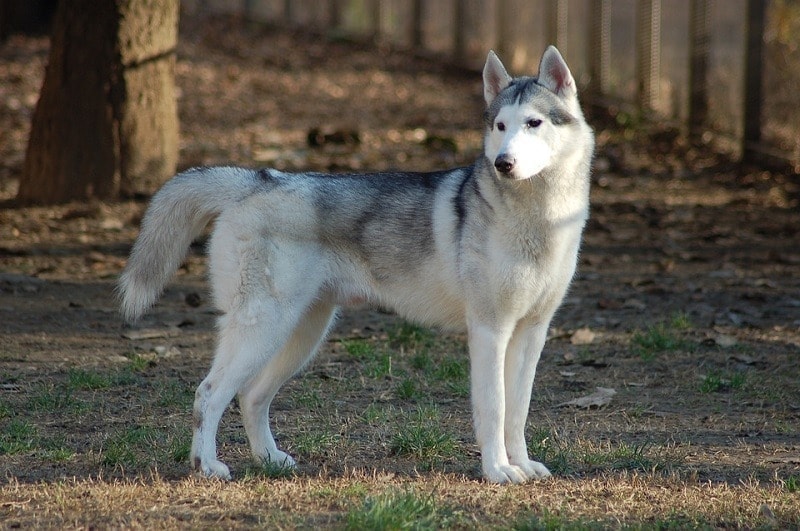
The Siberian Husky is an old breed that was developed centuries ago by the nomadic Chukchi people in the Arctic coast region of Northern Siberia, who used them as sled dogs, watchdogs, and companions. The breed was first brought to Alaska as a sled dog in the early 1900s and soon became famous.
Over the years, the Siberian Husky has become an immensely popular breed and can be found in homes across the United States and the world. Like the Samoyed, they are highly active dogs that need plenty of mental stimulation and physical activity.
They love to run, and when set loose, they have been known to run for miles without giving any thought to where they are going. For this reason, the Siberian Husky should always be walked on a leash when in public and needs a large and secure yard from which they can’t escape.
19. Shih Tzu
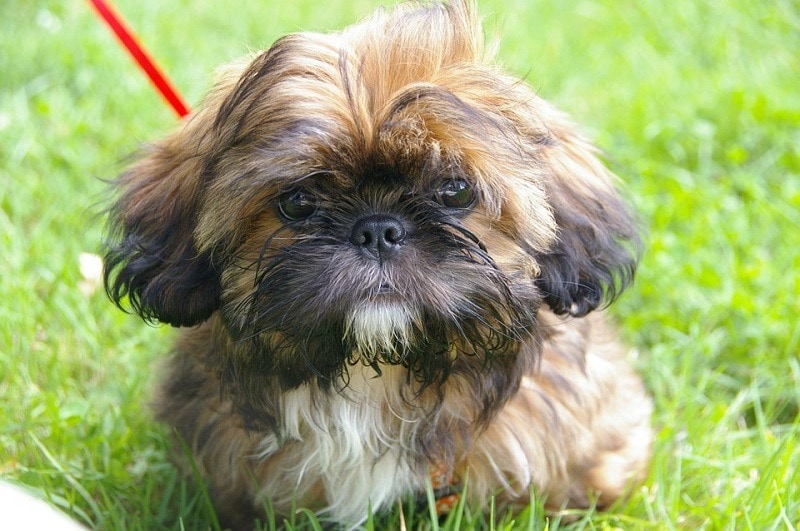
The Shih Tzu was developed hundreds of years ago by breeders working in the palace of the Chinese emperor. Believed to be the result of crossing the Lhasa Apso and the Pekingese, the Shih Tzu sat on the lap of Chinese royalty for centuries.
Today, this once-royal breed can be found in homes worldwide, but that hasn’t always been the case. Until the 1930s, the breed was virtually unknown outside China and rarely seen outside palace walls.
As the original lap dog, the Shih Tzu has little interest in going outside for a walk or playing games in the yard, preferring to curl up on your lap while you sit and watch TV.
20. Shiba Inu
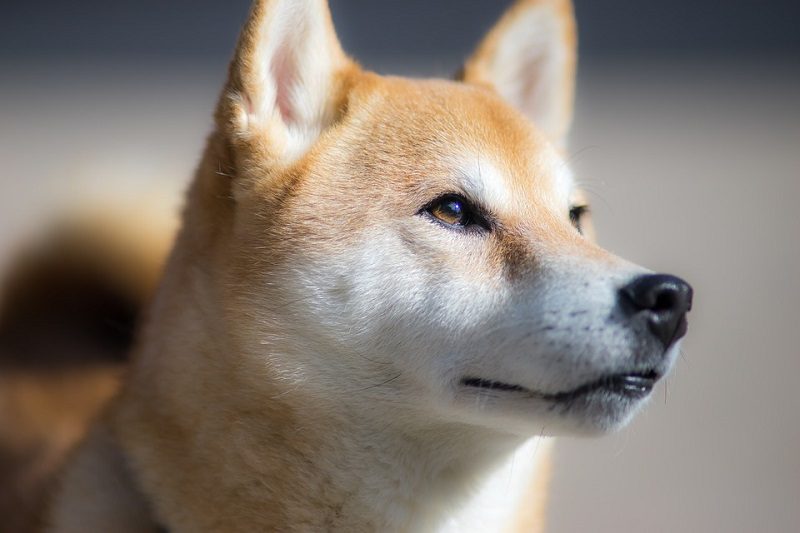
The Shibu Inu is a Japanese breed that was initially bred for hunting. They date back to around 300 BC and have survived a great deal over the centuries. As recently as the end of World War II, the Shiba Inu was almost extinct.
However, a resurgence of interest in the breed and a robust breeding program has helped them recover to a point where they are again one of the most popular breeds in Japan. The first Shiba Inu in the United States came into the country with a returning military family in 1954.
21. Tibetan Mastiff
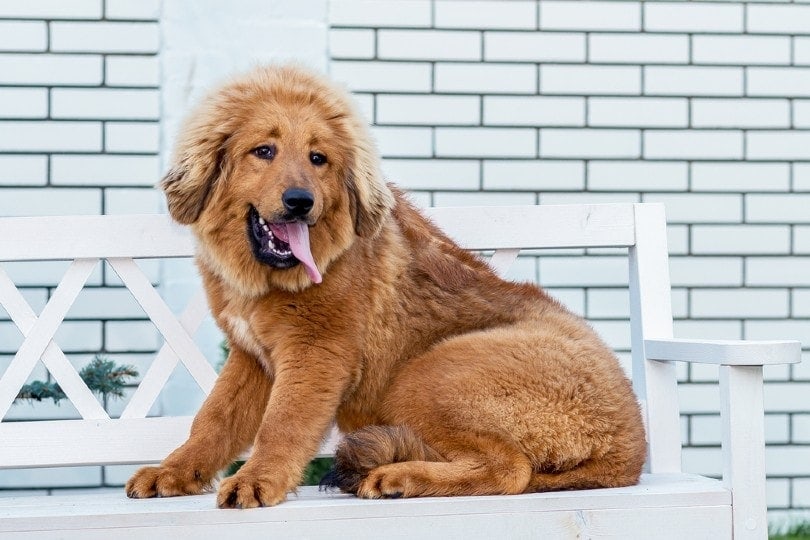
The Tibetan Mastiff is another ancient Asian breed that hails from Tibet. Known as the guardians of the Himalayas, these imposing dogs have a special place in the hearts of the Tibetan people, who believe that they contain the souls of monks who did not live a good enough life to be reincarnated as humans.
Traditionally used to guard livestock grazing in the mountains and as personal watchdogs, Tibetan Mastiffs are exceptionally strong, highly intelligent, and extremely stubborn.
In the late 1950s, two Tibetan mastiffs were sent to the United States from Tibet as a gift to the U.S. President; however, according to the American Tibetan Mastiff Association, theywere taken to a farm where they vanished from the public eye and never heard of again. It wasn’t until 1970 that more Tibetan Mastiffs were imported into the U.S. from Tibet.
22. Thai Ridgeback
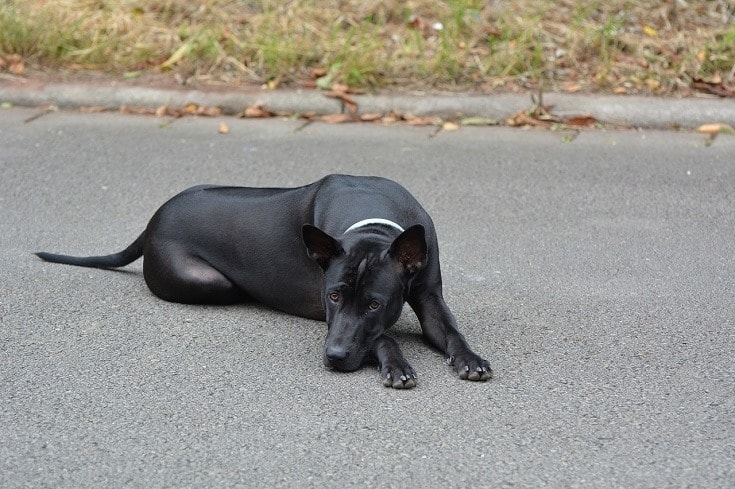
The Thai Ridgeback is a strong, muscular, medium-sized dog originally bred as a Hunting dog in Thailand. Once unknown outside of Thailand, the breed is starting to gain a following in other countries, although to date, it is not very popular in the United States.
They are intelligent and protective dogs, and with the right socialization and training, they can make excellent family pets.
Featured Image Credit: No-longer-here, Pixabay










